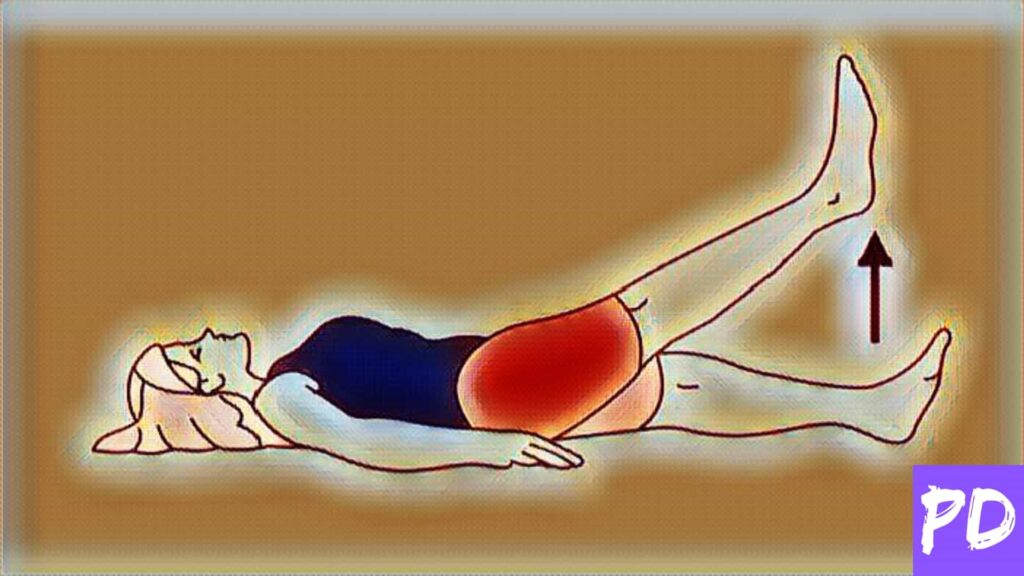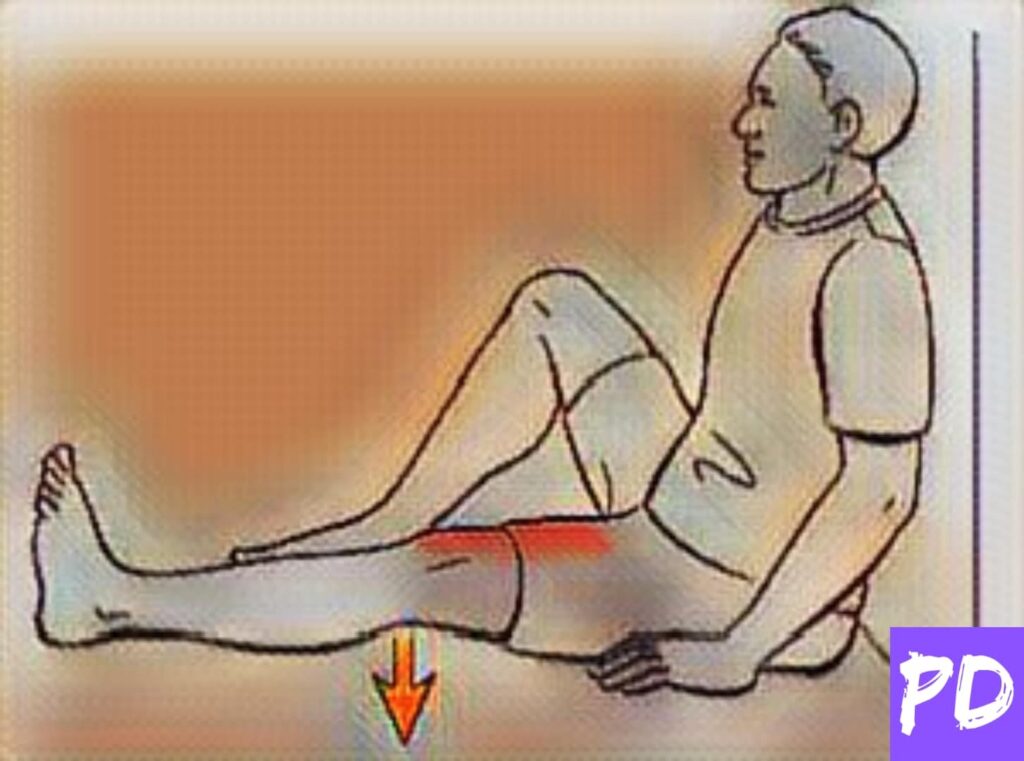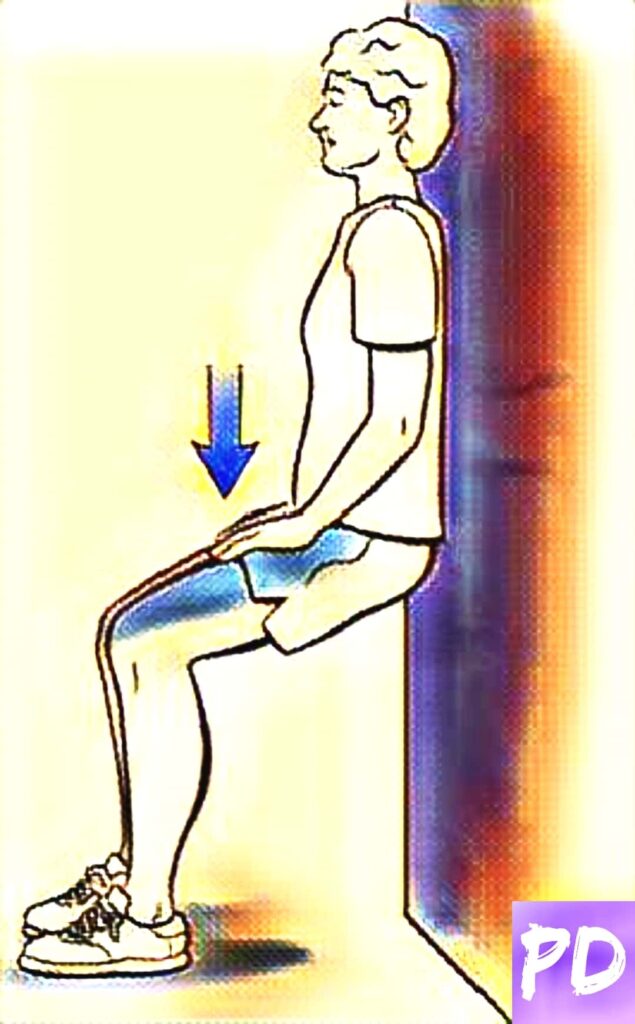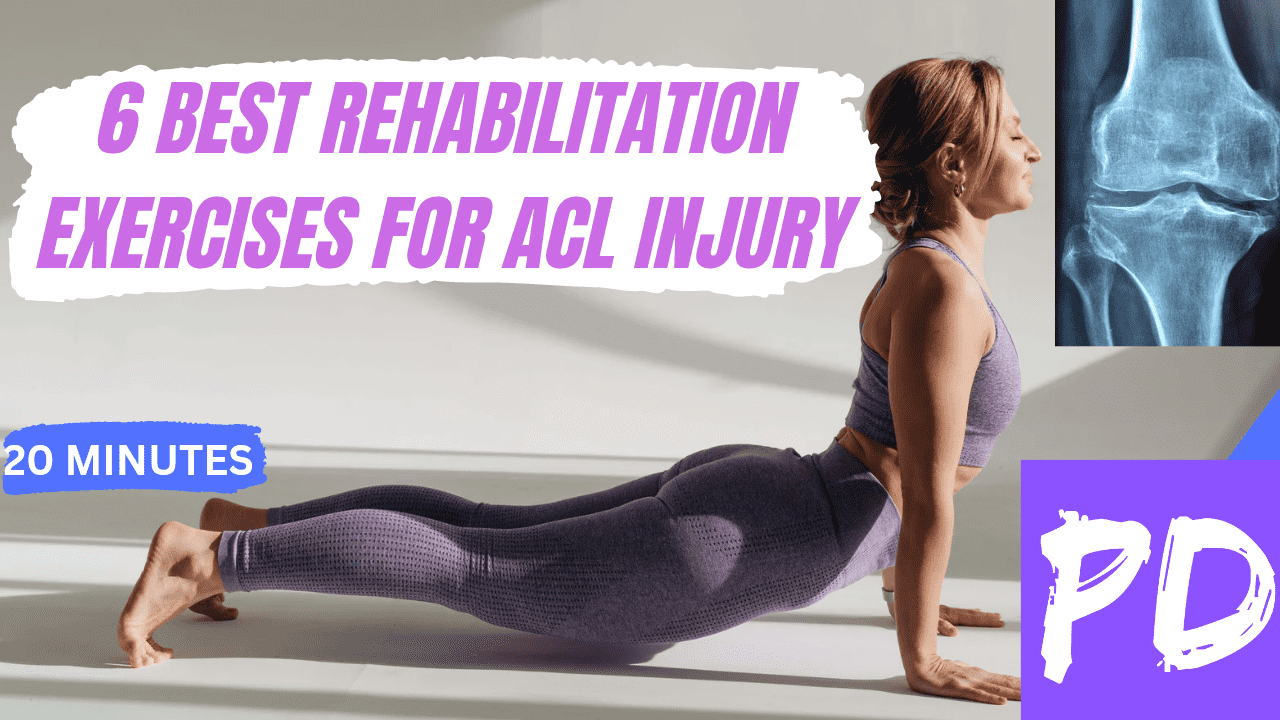Introduction
ACL injury is a common type of knee injury that occurs when the anterior cruciate ligament (ACL) is either stretched, partially torn or completely ruptured. This type of injury can result in knee instability, pain, and limited range of motion. Rehabilitation exercises are an essential part of the recovery process from an ACL injury.
What are Rehabilitation Exercises for ACL Injury?
Rehabilitation exercises for ACL injury are designed to restore strength, flexibility, and stability to the knee joint. These exercises typically include a combination of stretching, strengthening, and balance exercises to help improve knee function and reduce the risk of future injuries.
How to Perform Rehabilitation Exercises for ACL Injury ?
Rehabilitation exercises for ACL injury can be performed under the guidance of a physical therapist or at home with proper instructions. The exercises should be started gradually and progressed slowly as the knee becomes stronger and more stable
Here are some exercises that can be performed to aid in the rehabilitation process of an ACL injury :
1. Straight leg raise exercise for ACL injury

Straight Leg Raises as part of ACL injury rehabilitation:
- Lie down on your back with your legs straight and your arms by your sides.
- Tighten the muscles in the thigh of the affected leg and lift it towards the ceiling, keeping it straight.
- Hold this position for a few seconds (around 5-10 seconds).
- Slowly lower the leg back down to the starting position.
- Repeat the exercise for 10-15 repetitions on each leg.
You can increase the difficulty of the exercise by placing a light ankle weight around your ankle. This will help to build strength in your quadriceps muscles, which are important for knee stability and injury prevention. However, it’s important to start with low intensity and gradually increase as your knee recovers. It’s also important to consult with a physiotherapist before starting any exercises to ensure proper form and technique
2. Quad Sets exercise for ACL injury

Quad sets are a great exercise for ACL injury rehabilitation. Here’s how to perform them:
- Sit on the floor with your legs straight out in front of you.
- Tighten the muscles on the top of your thigh of the injured leg, and press the back of your knee down into the floor.
- Hold the contraction for 5-10 seconds.
- Release the contraction and relax your muscles.
- Repeat for 10-15 reps.
Quad sets help to strengthen the quadriceps muscle, which is important for knee stability and support. Start with low reps and gradually increase as your knee recovers. It’s important to consult with a physiotherapist before starting any exercises to ensure proper form and technique
3. Hamstring Curls exercise for ACL injury

Hamstring curls can help to strengthen the hamstring muscles which play a key role in supporting the knee joint and preventing further injury to the ACL. Here’s how to perform hamstring curls:
- Lie face down on a mat or bench with your legs straight.
- Place your hands on the floor or bench for support.
- Slowly bend your knees and bring your heels towards your buttocks.
- Hold for a few seconds and then slowly lower your legs back down to the starting position.
- Repeat for 10-15 reps for 2-3 sets.
It’s important to start with a low weight or resistance and gradually increase as you get stronger. You can use ankle weights or resistance bands to add more resistance to the exercise. As with any exercise, it’s important to maintain proper form and technique to avoid further injury. Always consult with a physiotherapist before starting any new exercises or if you experience any pain or discomfort during the exercise
4. Wall Slides exercise for ACL injury

Wall slides are a great exercise for improving knee strength and stability after an ACL injury. Here’s how to perform wall slides:
- Stand with your back against a wall and your feet shoulder-width apart.
- Slowly slide down the wall, bending your knees until they are at a 90-degree angle. Make sure your knees are directly above your ankles and not past your toes.
- Hold this position for 5-10 seconds, then slowly slide back up the wall to the starting position.
- Repeat for 10-15 reps.
You can make this exercise more challenging by holding a medicine ball or dumbbell in front of your chest as you slide down the wall. This will add resistance and make your leg muscles work harder.
It’s important to start with low intensity and gradually increase the difficulty of the exercise as your knee recovers. Always listen to your body and avoid any pain or discomfort. If you experience any discomfort, stop the exercise and consult with your physiotherapist
5. Calf Raises exercise for ACL injury

Calf raises are an excellent exercise to include in the rehabilitation process of an ACL injury. This exercise targets the calf muscles, which are important for providing stability and support to the knee joint. Here’s how to perform calf raises:
- Stand with your feet shoulder-width apart, with your hands resting on a wall or a sturdy object for support.
- Slowly raise up onto your toes, lifting your heels off the ground.
- Hold the position for a few seconds, then slowly lower your heels back down to the ground.
- Repeat for 10-15 repetitions.
- As you progress, you can add resistance by holding weights or using resistance bands.
It’s important to perform calf raises slowly and with control, avoiding any sudden or jerky movements. Start with low repetitions and gradually increase as your knee recovers. Remember to consult with a physiotherapist before starting any exercises to ensure proper form and technique.
6. Balance exercise for ACL injury
Balance exercises are an important part of the rehabilitation process for an ACL injury because they help improve stability and control in the knee joint. Here are some balance exercises that can be performed to aid in ACL injury rehabilitation:
- Single Leg Balance – Stand on one leg with your knee slightly bent and your hands on your hips. Hold for 30 seconds and switch to the other leg. Repeat for 3-5 sets.
- Single Leg Balance with Eyes Closed – Stand on one leg with your eyes closed and your hands on your hips. Hold for 10-15 seconds and switch to the other leg. Repeat for 3-5 sets.
- Single Leg Mini Squats – Stand on one leg with your knee slightly bent and your hands on your hips. Slowly lower your body down into a mini squat and hold for 5-10 seconds. Return to the starting position and repeat for 10-15 reps. Switch to the other leg and repeat.
- Single Leg Deadlifts – Stand on one leg with your knee slightly bent and your hands on your hips. Slowly hinge forward at the hips and extend your opposite leg behind you for balance. Return to the starting position and repeat for 10-15 reps. Switch to the other leg and repeat.
- BOSU Ball Exercises – Stand on a BOSU ball with one leg and hold for 10-15 seconds. Switch to the other leg and repeat. Other BOSU ball exercises that can be performed include squats, lunges, and step-ups.
It’s important to remember to start with low intensity and gradually increase as your knee recovers. Also, it’s important to consult with a physiotherapist before starting any exercises to ensure proper form and technique
Bottom line
The prognosis for ACL injury can vary depending on the severity of the injury, the age and health of the individual, and the success of rehabilitation. In general, most people can expect to return to their previous level of activity within 6 to 12 months after surgery and rehabilitation.
However, some people may experience ongoing knee pain or instability even after completing rehabilitation, and may require additional treatment or surgery. It’s important to work closely with a qualified physiotherapist or sports medicine specialist throughout the rehabilitation process to maximize the chances of a full recovery.



Pingback: Best Physiotherapy for knee pain at home